
Amy Gibbs* and Brian Hudelson, UW-Madison Plant Pathology
Revised: 5/11/2010
Item number: XHT1035
What are orchids? Orchids belong to the orchid family (Orchidaceae) and are exotic plants grown for their beautiful, showy, and long lasting flowers. Although most species of orchids are epiphytic (i.e., naturally grow on trees or other plants), some grow on rocks or are terrestrial (i.e., grow in soil). Orchid flowers come in a wide variety of shapes and sizes, but all have six petal-like parts with a waxy or velvety texture. Orchids are commonly thought of as greenhouse plants, but many species grow well as houseplants. The best orchids to use as houseplants include Cattleya, Paphiopedilum, and Phalaenopsis. Dendrobium and Oncidium can also be grown inside, but are more difficult to grow and may require additional care.
How do I care for my orchid? Most orchids should be kept in a location where they receive bright, indirect light. Keep orchids out of direct sun, especially in summer months, to avoid sunburn. Phalaenopsis and Paphiopedilum orchids will tolerate a shadier location than Cattleya, Dendrobium, or Oncydium orchids. Most orchids can withstand temperatures ranging between 55°F at night and a maximum daytime temperature of 75°F. However some orchids, like Phalaenopsis, prefer warmer conditions, with temperatures ranging between 65°F and 80°F.
Water orchids moderately from spring to fall, but do not allow them to dry out completely or become saturated. Set plants in large saucers or pans filled with distilled water or tap water, and remove the plants from the water after a couple of hours, draining off any excess water. If you use tap water, allow the water to sit out for at least 24 hours prior to use to allow evaporation of potentially toxic substances such as chlorine and fluoride. DO NOT allow orchids to sit in water for any length of time, as they are susceptible to root rots. Fertilize with an orchid fertilizer, or a general houseplant fertilizer, diluted to half-strength, once a month while plants are actively growing. Humidity is important for orchid health and can reduce problems with insects such as mealybugs and spider mites. Mist foliage and exposed roots regularly, and place orchids on a humidity tray. Fill the tray with gravel or pebbles to a depth of one inch and fill with water to a depth of ½ inch. Place miniature ferns or other plants on the tray beside the orchids if there is space, to create a more humid environment.
Orchids should only be planted in a specialized orchid medium containing small bark pieces that allow for good drainage. Good drainage is essential and will prevent root rot problems. Repot plants only when roots appear to be almost bursting out of the pot, typically every two or more years.
Orchid blooms can last for several weeks to several months. After flowering is over, cut off the spike at its emergence point. Some orchids, such as Phalaenopsis, can be stimulated to flower a second time. To encourage a second bloom of this orchid, cut back the flower spike to just above where the first bud was produced on the original flower spike.
*Completed as partial fulfillment of the requirements for Plant Pathology 699 – Plant Disease Diagnostics Clinic Special Topics at the University of Wisconsin Madison.
Additional Images
Download Article


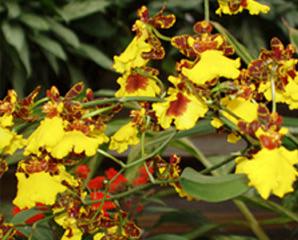
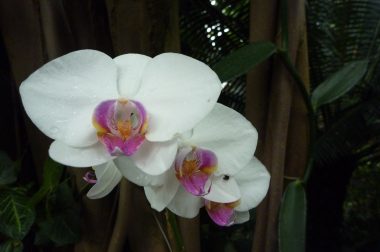




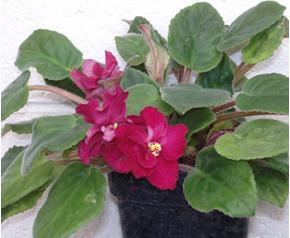 African Violets
African Violets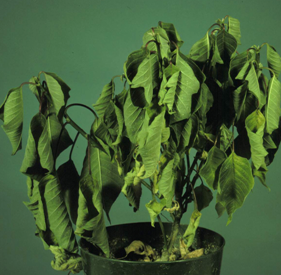 Root Rots on Houseplants
Root Rots on Houseplants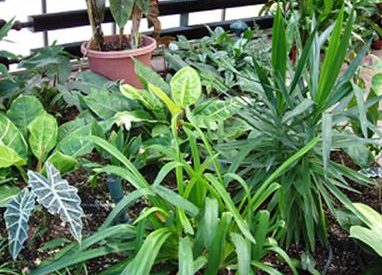 Houseplant Care
Houseplant Care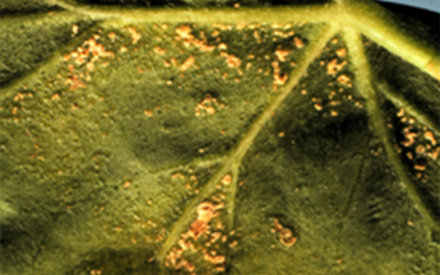 Edema
Edema


